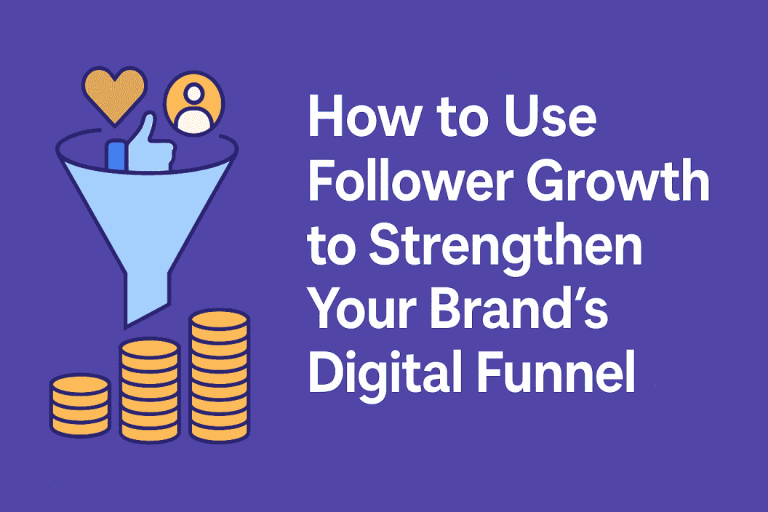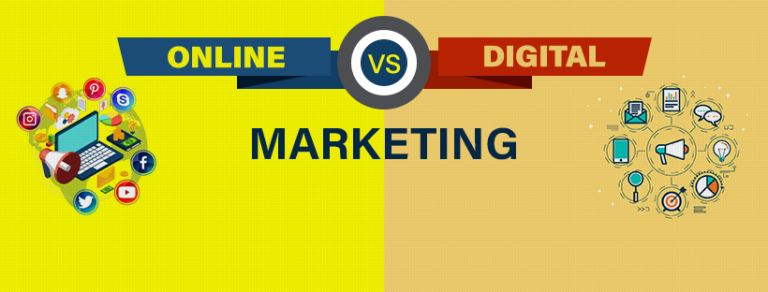
What is the Difference between Digital Marketing And Ecommerce
What is the Difference between Digital Marketing And Ecommerce? Digital marketing promotes products and services online. Ecommerce involves buying and selling goods and services over the internet.
Digital marketing and ecommerce often intersect but serve different purposes. Digital marketing focuses on strategies to attract, engage, and convert customers through online channels like social media, email, and search engines. It aims to drive traffic and increase brand awareness.
Ecommerce, on the other hand, deals with the actual transaction process. It includes managing online stores, processing payments, and handling logistics. Both are crucial in today’s digital landscape, but they operate in distinct domains. Understanding the difference helps businesses allocate resources effectively, ensuring both marketing efforts and sales processes are optimized.
Introduction To Digital Marketing
Digital Marketing is promoting products or services using the internet. It includes social media, email, and search engines. The goal is to reach a large audience online. This type of marketing can be very effective.
There are many key components in Digital Marketing. Here are some important ones:
- SEO: Search Engine Optimization helps websites rank higher on search engines.
- Content Marketing: Creating valuable content to attract customers.
- Social Media Marketing: Using social platforms to promote products.
- Email Marketing: Sending promotional emails to potential customers.
- PPC: Pay-Per-Click advertising to drive traffic to websites.
Introduction To Ecommerce
Ecommerce stands for electronic commerce. It involves buying and selling goods or services online. This can include online stores like Amazon and eBay. The main aim is to provide a convenient shopping experience.
Ecommerce includes several key components. These are product listings, shopping carts, and payment gateways. Each part plays a crucial role in the buying process. Product listings show the items for sale. Shopping carts help users keep track of their chosen products. Payment gateways process transactions securely.
Goals And Objectives
Digital marketing aims to increase brand awareness. It helps attract more website traffic. Businesses want to engage with their audience. They also want to improve their online reputation. Digital marketing helps in getting leads. These leads can turn into customers. It also aims to retain existing customers. Businesses use it to boost their sales.
Ecommerce focuses on selling products online. It aims to provide a smooth shopping experience. Businesses want to increase their conversion rates. They focus on reducing cart abandonment. Ecommerce aims to expand the customer base. It helps in reaching new markets. Businesses want to optimize the checkout process. They also aim to enhance customer service.
Core Activities
Digital marketing promotes products or services. It uses online channels like social media. This helps reach more people. Email marketing is also a part. It sends messages to potential customers. SEO is another key part. It makes websites easier to find. PPC ads bring in quick traffic. Content marketing creates valuable posts and videos. Influencers help spread the word too.
Ecommerce involves selling products online. It uses websites or apps. Product listing is a key task. This shows what is for sale. Inventory management keeps track of stock. Payment gateways process transactions. Customer service helps solve problems. Order fulfillment ensures delivery. Returns and refunds are also managed. Analytics track sales performance.
Tools And Platforms
SEO tools help improve website rankings. Google Analytics tracks website traffic. Email marketing tools send newsletters. Social media platforms like Facebook and Instagram promote brands. Content creation tools help make engaging posts. Pay-per-click (PPC) tools like Google Ads drive traffic quickly.
Shopify is easy to use for online stores. WooCommerce integrates with WordPress sites. Magento offers customizable options for large businesses. BigCommerce supports multi-channel selling. Wix provides simple drag-and-drop features. Squarespace combines beautiful templates with ecommerce capabilities.
Target Audience
Digital marketing targets a broad range of people. These people often have varied interests. They might not be ready to buy. Some just want information. Others are looking for entertainment. It’s vital to grab their attention quickly. They often scroll fast through content. Digital marketing tries to create a need or interest.
Ecommerce targets people who are ready to buy. These people have a specific need or want. They often know what they are looking for. It’s important to make the buying process easy. They expect a smooth experience. They also look for good deals and offers. The focus is on closing the sale quickly.
Performance Metrics
Digital Marketing Metrics help track online campaigns. Click-Through Rate (CTR) shows how many click on ads. Conversion Rate measures how many complete a desired action. Bounce Rate tells how many leave a site quickly. Cost Per Click (CPC) shows how much you pay for each click. Return on Investment (ROI) calculates the profit from campaigns.
Ecommerce Metrics focus on online sales. Average Order Value (AOV) shows how much customers spend per order. Cart Abandonment Rate tells how many leave without buying. Customer Lifetime Value (CLV) measures the total spend of a customer. Gross Merchandise Value (GMV) shows the total sales value. Conversion Rate is crucial for both marketing and sales.
Read More
How Do I Know If Digital Marketing is for Me?
Integration Strategies
Digital marketing helps to attract more customers to an ecommerce site. Using SEO techniques improves search engine rankings. This brings more visitors. Social media marketing creates engagement. It builds trust and brand awareness. Email marketing keeps customers informed. It encourages repeat purchases.
Case studies show how businesses succeed. They use digital marketing with ecommerce. Company A increased sales by 40%. They used social media ads. Company B improved customer loyalty. They sent personalized emails.
Future Trends
Artificial Intelligence helps in personalizing ads. Voice search is growing fast. Video content gets more attention. Chatbots are now very common. Influencer marketing is very popular. Social media platforms are changing often. Data privacy is becoming important. Augmented Reality makes ads more fun.
Mobile shopping is rising. People like buying on social media. Subscription models are growing. Same-day delivery is a big hit. Sustainability matters to buyers. Virtual try-ons help in clothing sales. Voice commerce is becoming easy. AI helps in better product recommendations.
Conclusion
Understanding the difference between digital marketing and ecommerce helps businesses thrive. Digital marketing boosts online presence, while ecommerce handles online sales. Both are crucial for success. Combining these strategies can lead to greater growth. Stay informed, adapt to trends, and watch your business flourish. Remember, leveraging both can maximize your online potential.




